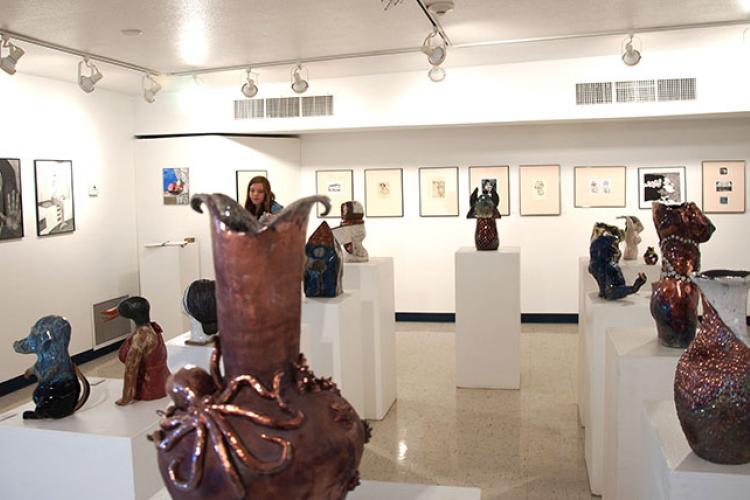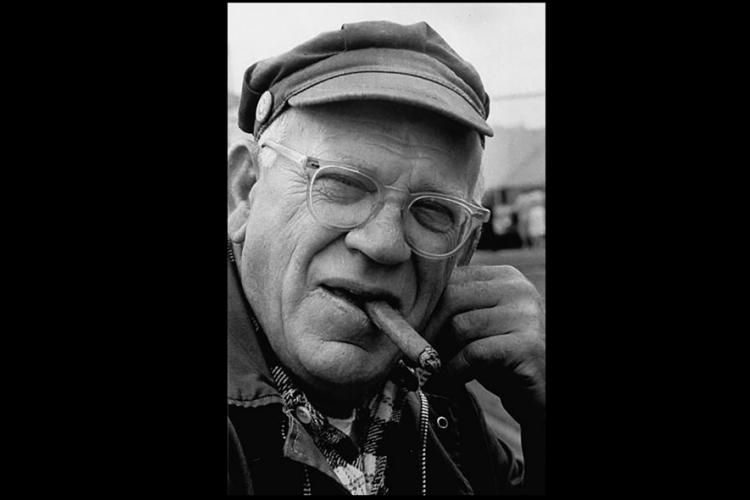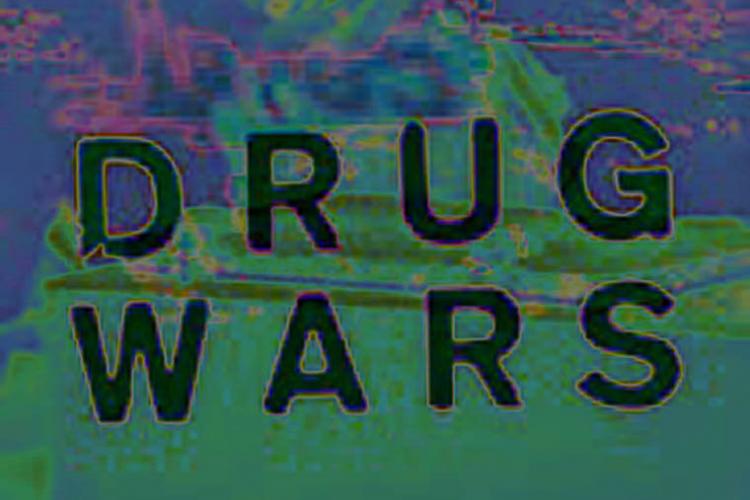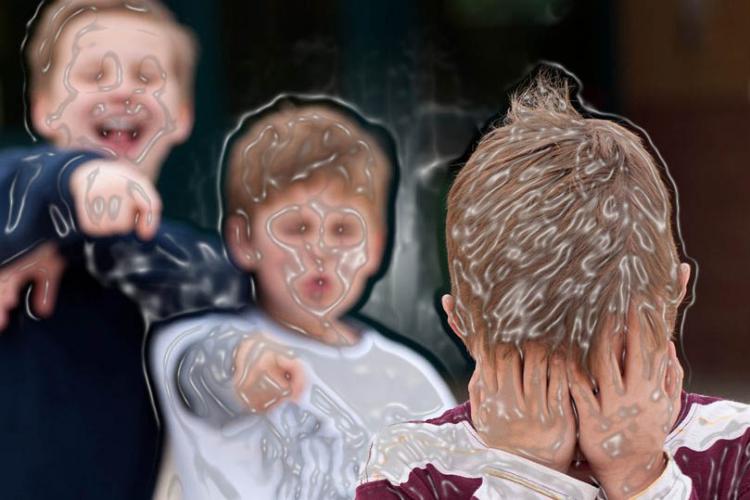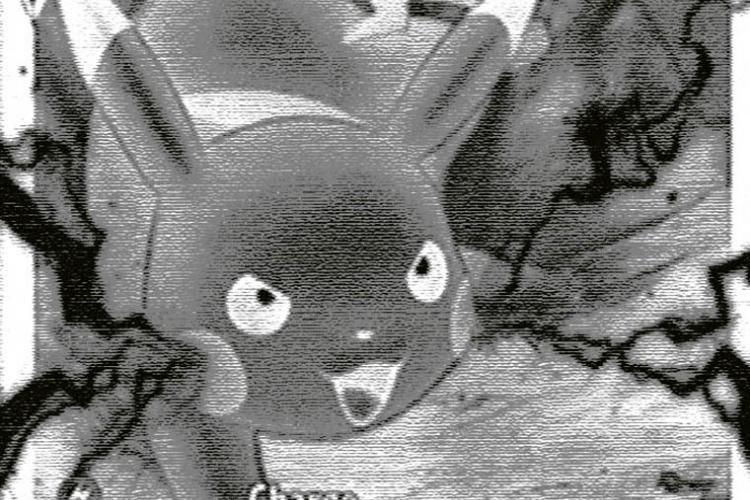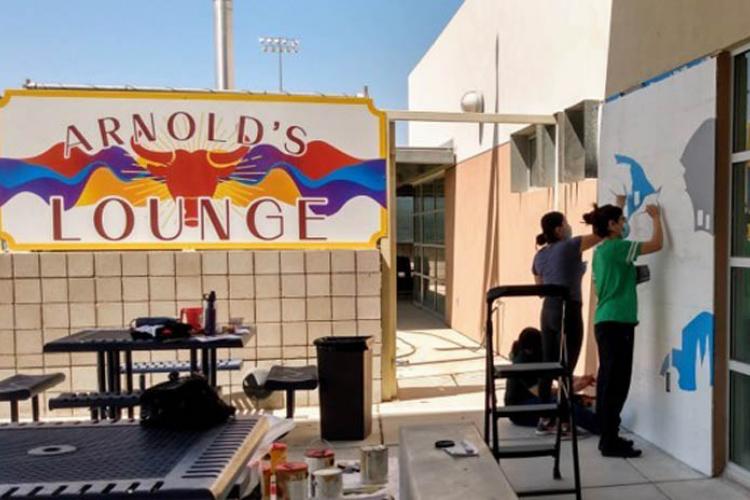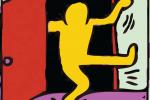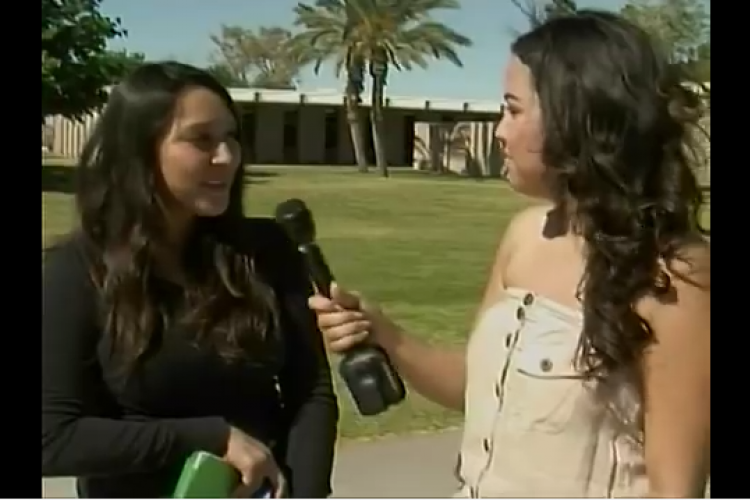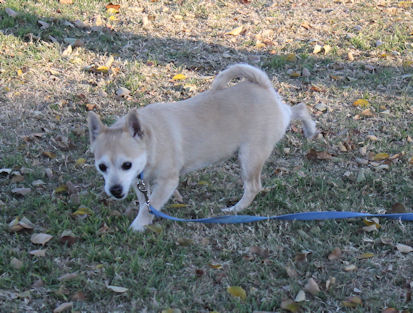
Pet waste left behind within our city limits can drastically degrade the quality of surface water, contaminate irrigation water and create serious health risks and economic losses for Yumans and populations far from our city. Pathogens originating from dog feces can pollute water with fecal nutrients depleting aquatic oxygen. High bacteria counts can cause beach closures, outbreaks of filth fly populations can occur, and let’s be honest – you can ruin your shoes. But there is much more than meets the eye!
There’s more
A recent scientific report published in the September 2011 issue of Applied Environmental Microbiology (Vol. 77, No. 18, pages: 6350-6) documents that human-virulent bacteria in urban outdoor air originate from pet waste – literally from dog feces left behind in parks. The study utilized state-of-the-art molecular technology for source-tracking of bacteria, so the results are undisputable, real and shocking! It is possible to actually breathe in bacteria from dog feces while walking outside! The study was conducted in various cities in the Midwestern U.S. of between 5,000 and 2 million inhabitants. Regardless of city size, the dominant sources of bacteria in the outdoor air were dog feces!
Why is this not good news to Yumans? Here is the problem: Yuma is not a Midwestern city. Yuma features a desert climate with hot summers and warm winters. Three inches of rain annually in Yuma does not make our air humid, as in the Midwest with the Great Lakes moisture and 35 inches of annual precipitation. Under Yuma’s conditions any organic matter, including pet waste, dries very quickly and becomes aerosolized and suspended in the air. In other words, pet waste and attendant bacteria (pathogens) become airborne, or air-buoyant.
Bad on a good day
From the start, due to geographical, environmental and climatological reasons Yuma’s air is not of the best quality in our nation. Airborne Particulate Matter (PM) is worse here. PM is divided into two types, coarse PM-10 µm and fine PM 2.5 µm-in-diameter (1 µm = 0.0000033 ft. – i.e., PM is very, very tiny!). PM-10 is caused by dust, smoke and soot particles; PM 2.5 by burning wood, diesel and other fuels, smoking and industrial plants.
The main cause for PM-10 is desert soil crust and wind over 15 miles per hour, which causes soil to become airborne. In Yuma’s urbanized areas PM-10 is caused by on-road travel, travel on unpaved roads and canal banks, agricultural tilling, milling, grinding, rock crushing, open burning and diesel and other exhausts. When dirt gets onto the roadways, vehicles driving over it break it into smaller particles resulting in PM-2.5 which become air-buoyant with any air movement.
PM-10, PM-2.5 and airborne bacteria are proven to have negative effects on human health by triggering allergic asthma, seasonal allergies and infections. Medically, PM causes nose and throat irritation, breathing problems and aggravates asthma, bronchitis, and emphysema. It is most harmful to infants and young children, the elderly and those with heart and lung disease. Airborne bacteria from unattended dogs and their feces left behind also cause allergic and seasonal allergies. In fact, allergic asthma occurs with increased prevalence in the U.S. today.
The average size of a bacteria ranges from 1 to 3 µm, thus dried bacteria originating from dog feces fall into the category of PM-2.5. Hot air, however, is very conducive for bacteria to form endospores (i.e., survival forms), and these can withstand any harsh environmental conditions for a long time and become air-buoyant forever.
A civic duty
We Yumans live together in a desert city that deals with environmental and climatological conditions using the world’s best technologies available. Yet, the quality of our life could be further enhanced by proper civic actions as simple as the cleaning up waste after your pet. Interestingly, nationwide studies have documented that 40 percent of pet owners don’t pick up their dogs’ feces. Apparently they assume that the feces will eventually goes away, or they are simply too embarrassed to carry a plastic bag with obviously obnoxious contents.
The reluctance of many Yuma residents to pick up dog waste is the biggest limitation that we face in controlling the health and environmental effects of pet waste.
Please be vigilant over your dog’s leftovers, and remain proactive by having a plastic bag just in case your civic obligation should arise.
Each day, through our small contributions, we can help preserve the health of our families and the entire Yuma community. We all breathe the same air, and public health is everybody’s business!
Thaddeus Graczyk is an associate clinical professor in the Department of Biology and Environmental Sciences at Northern Arizona University, Yuma Branch Campus.


